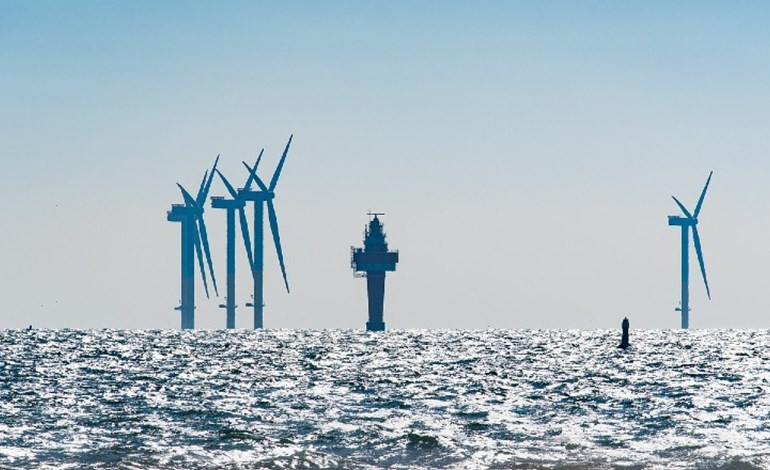A recent study released by the U.S. Department of Energy (DOE) highlights the potential for offshore wind energy development to bolster transmission capacity along the U.S. East Coast, ensuring reliability for the electric grid. According to the study, strategically linking offshore wind projects through transmission networks could reduce grid congestion, increase system reliability, lower curtailment, and transfer power from regions with lower prices to those with higher prices, ultimately benefiting consumers.
The Atlantic Offshore Wind Transmission Study indicates that post-2030, connecting wind energy projects via offshore transmission networks will help decrease electricity production costs and reduce reliance on fossil fuels. Offshore wind energy is expected to play a vital role in achieving a low-carbon future for Atlantic states, with offshore transmission networks contributing to grid reliability by ensuring resource adequacy and managing unexpected grid component losses.
U.S. Secretary of Energy Jennifer M. Granholm emphasized the significance of offshore wind energy, noting that it currently powers over one hundred thousand homes along the east coast and has the potential for further growth to enhance grid reliability and reduce fossil fuel reliance.
The study aligns with the government’s objective of achieving 30 gigawatts of offshore wind energy by 2030 and establishing a pathway to 110 GW or more by 2050. However, challenges such as soaring costs and supply chain delays have hindered progress towards President Joe Biden’s goal of deploying 30,000 megawatts of offshore wind along U.S. coastlines by the end of the decade.
The DOE previously stated that the U.S. must more than double its power grid capacity to meet President Biden’s climate goals, including achieving 100% clean electricity by 2035.

